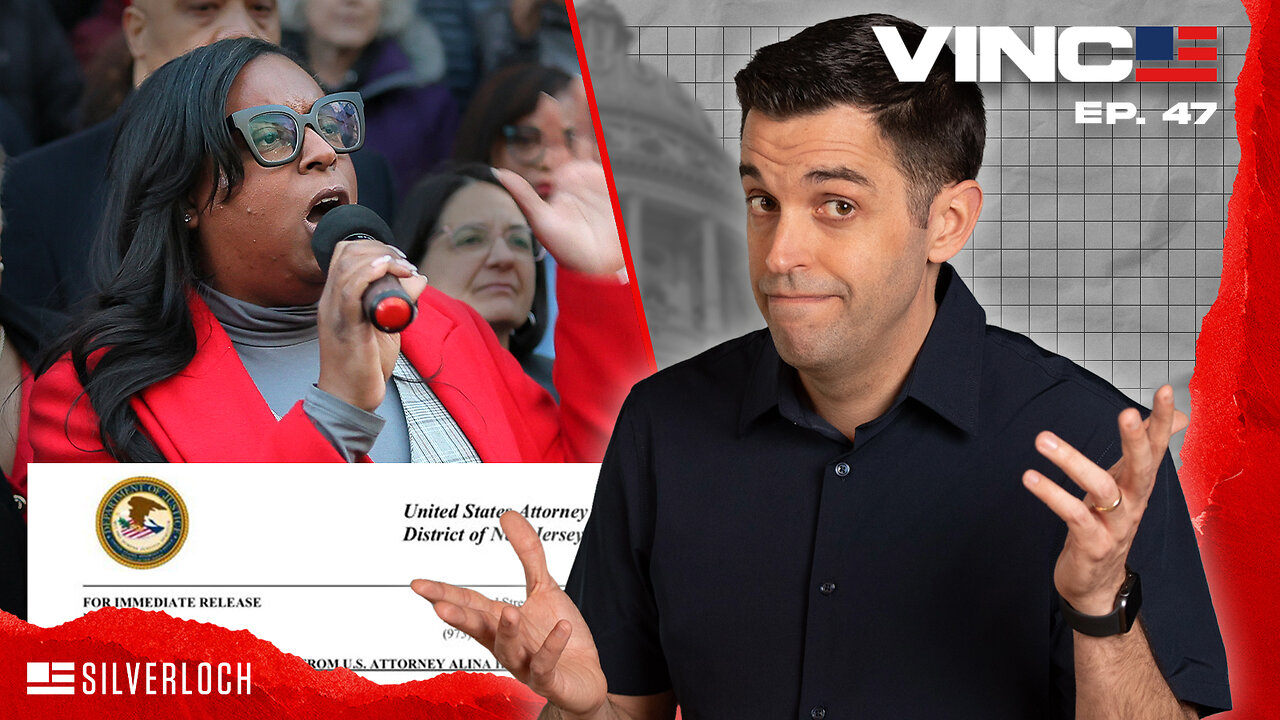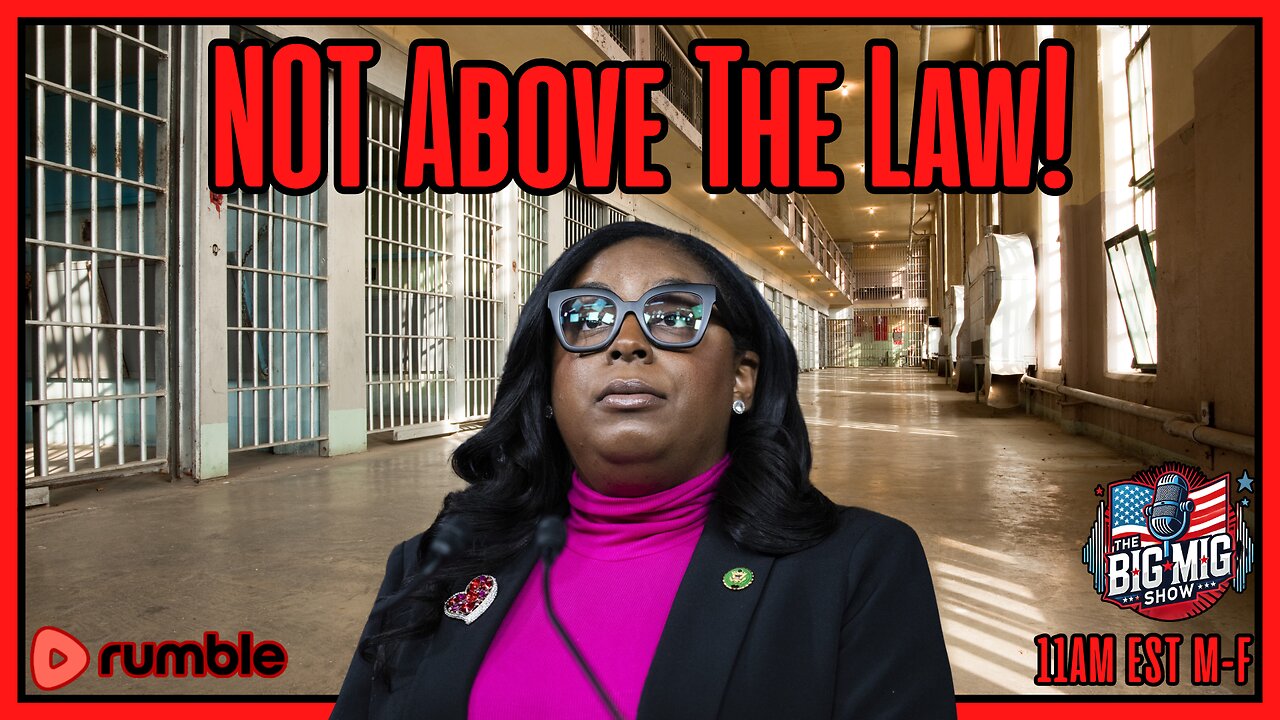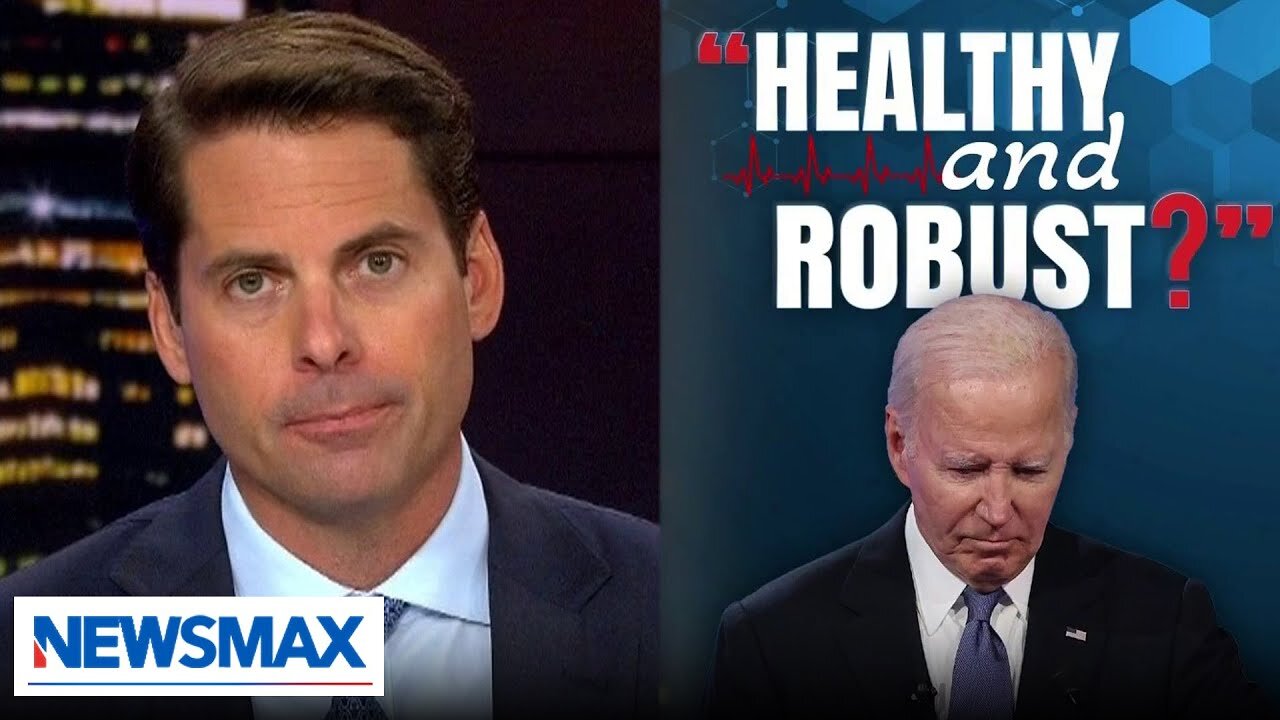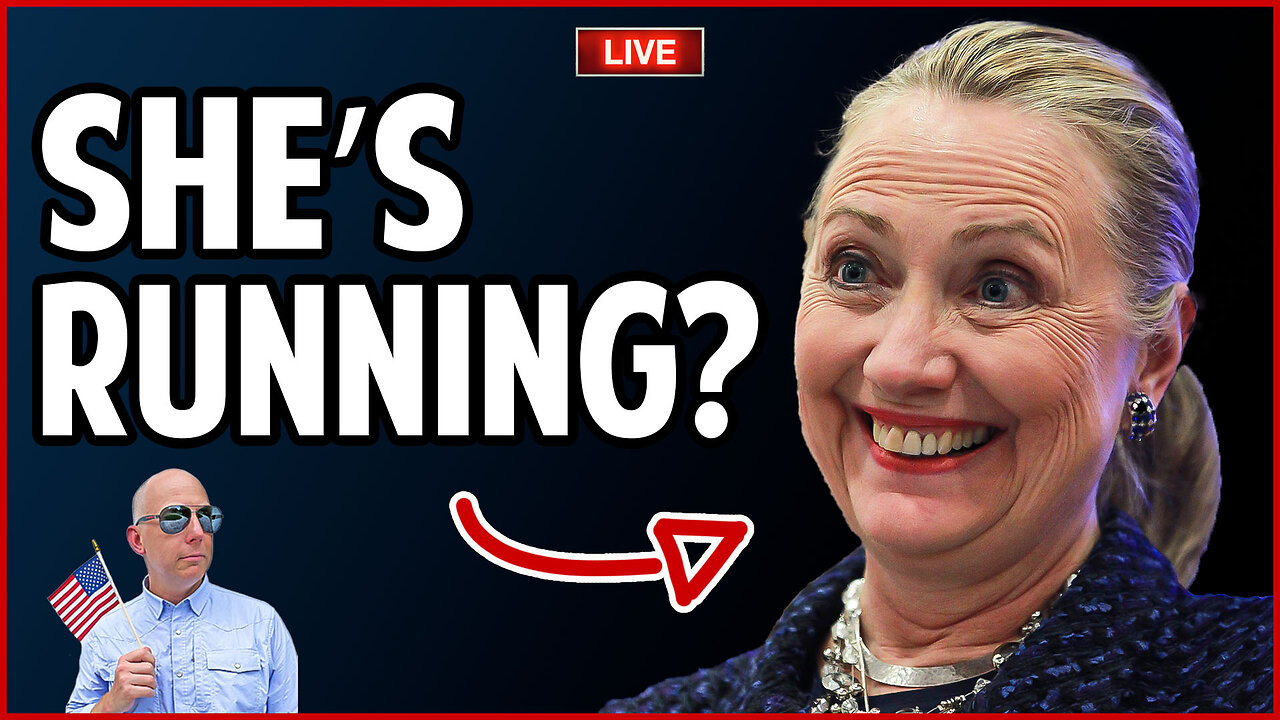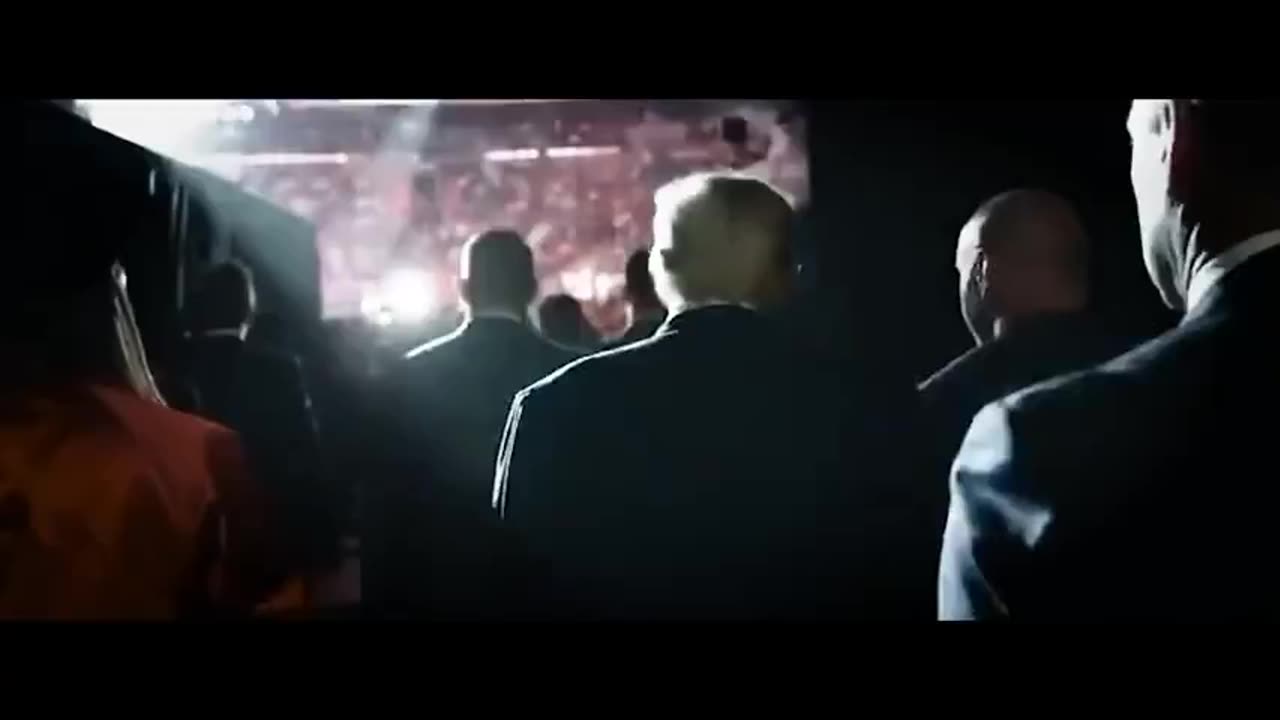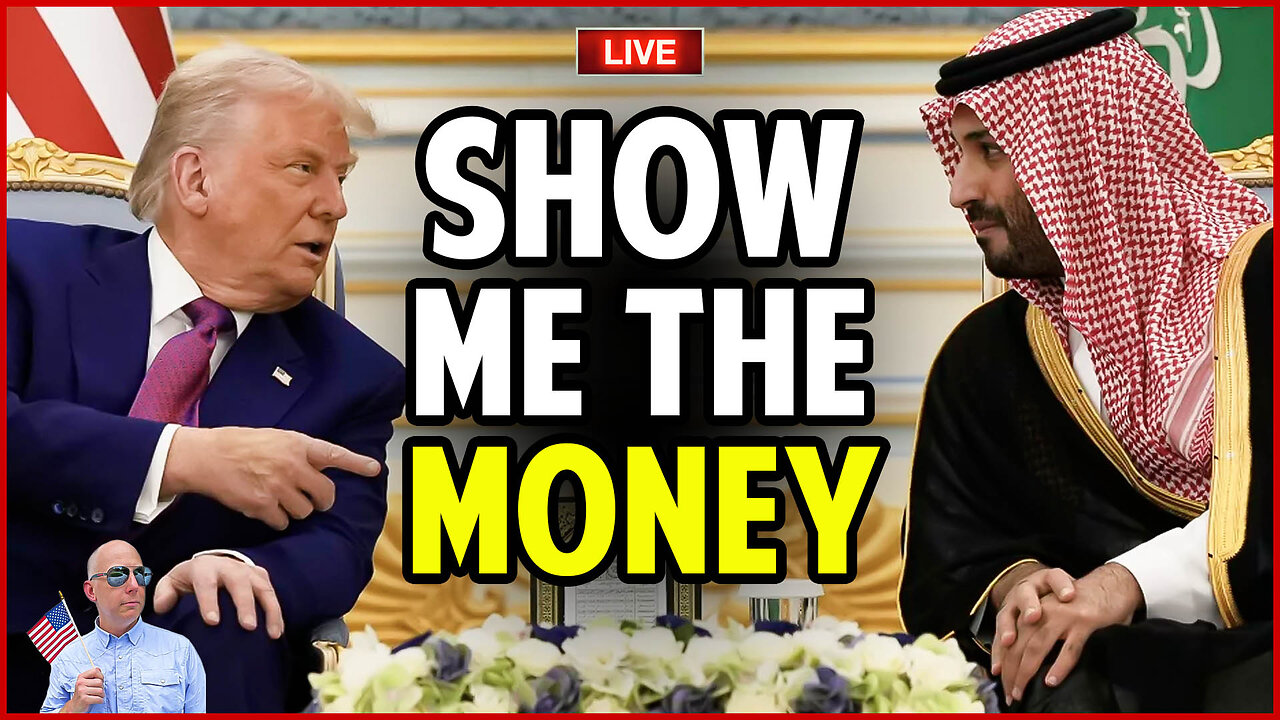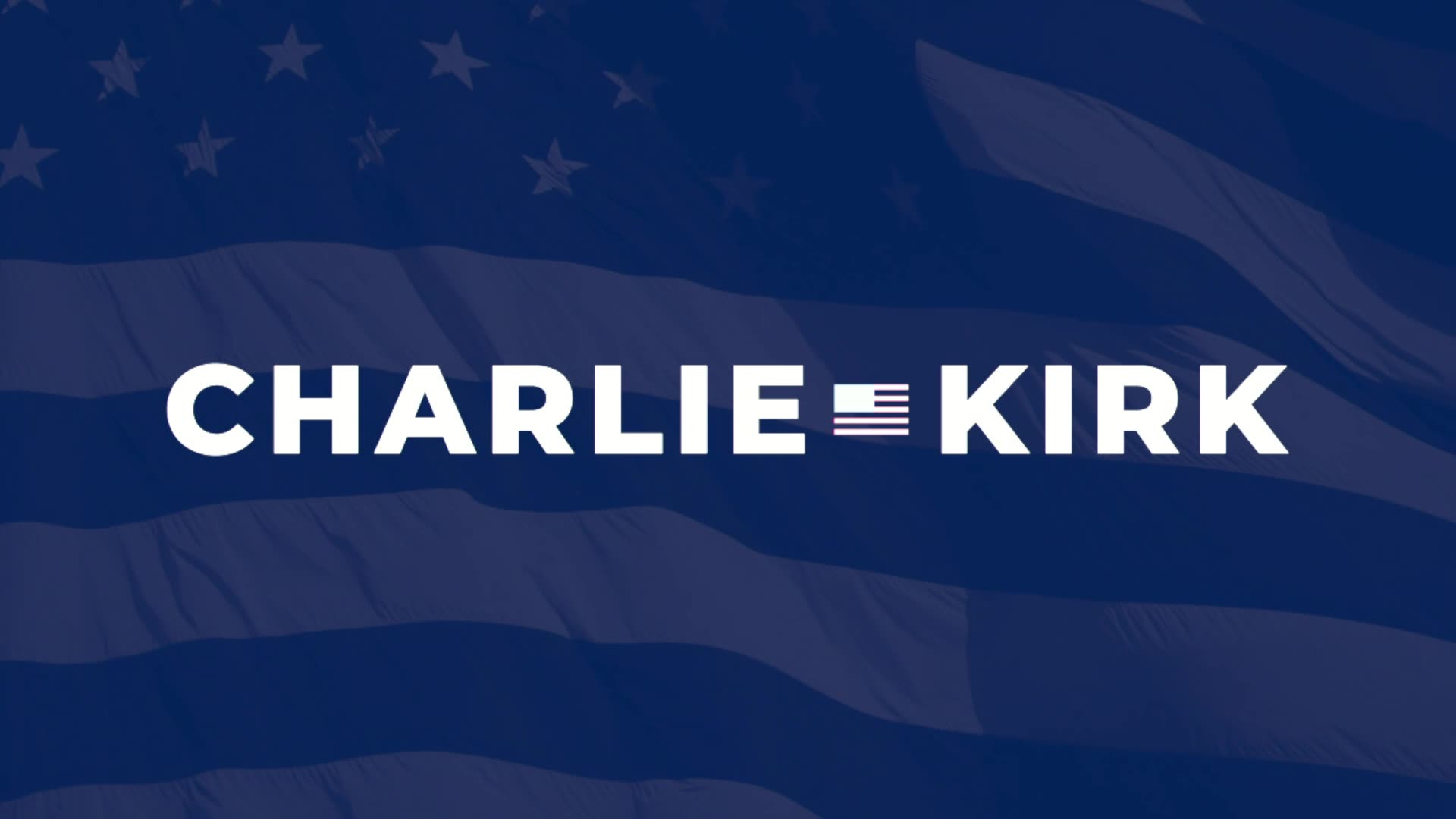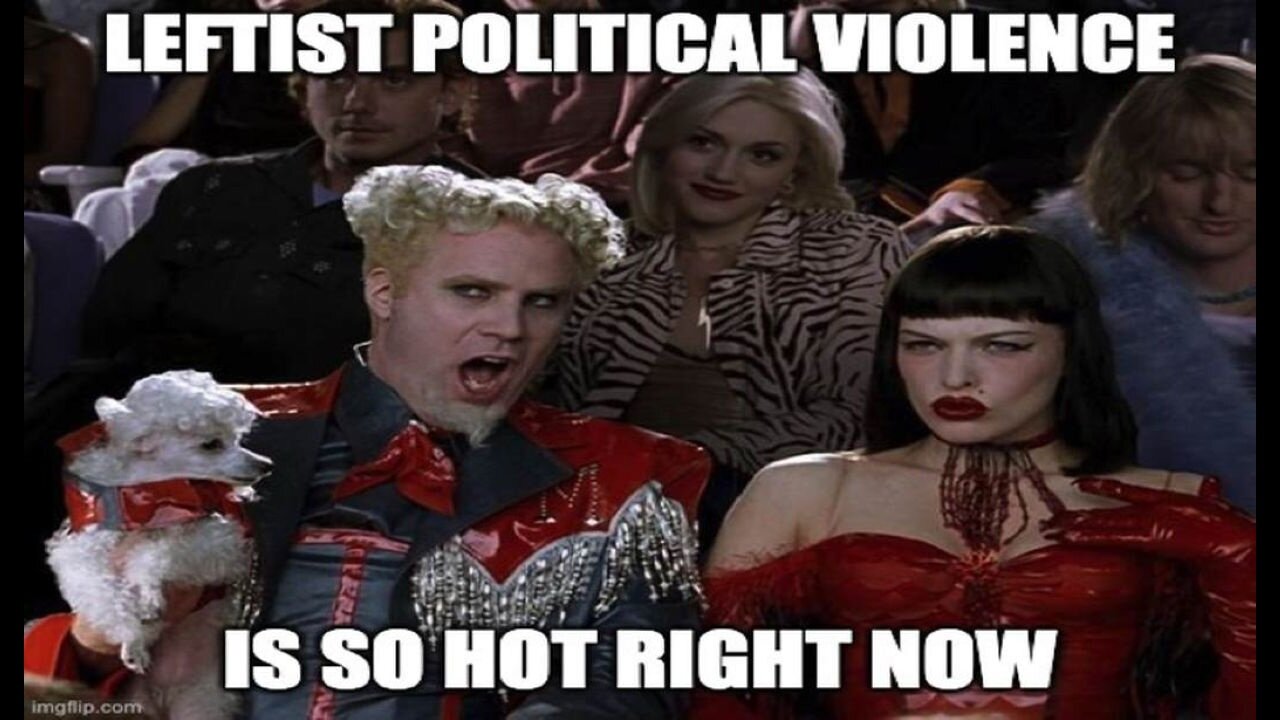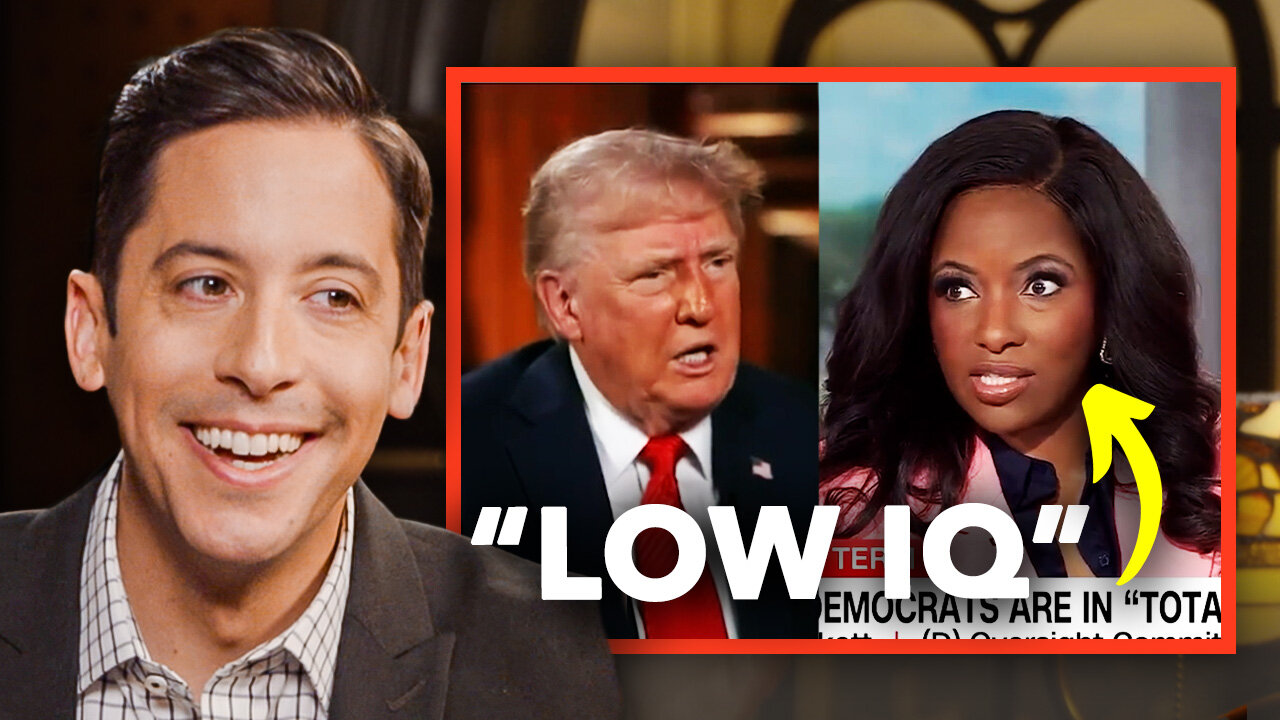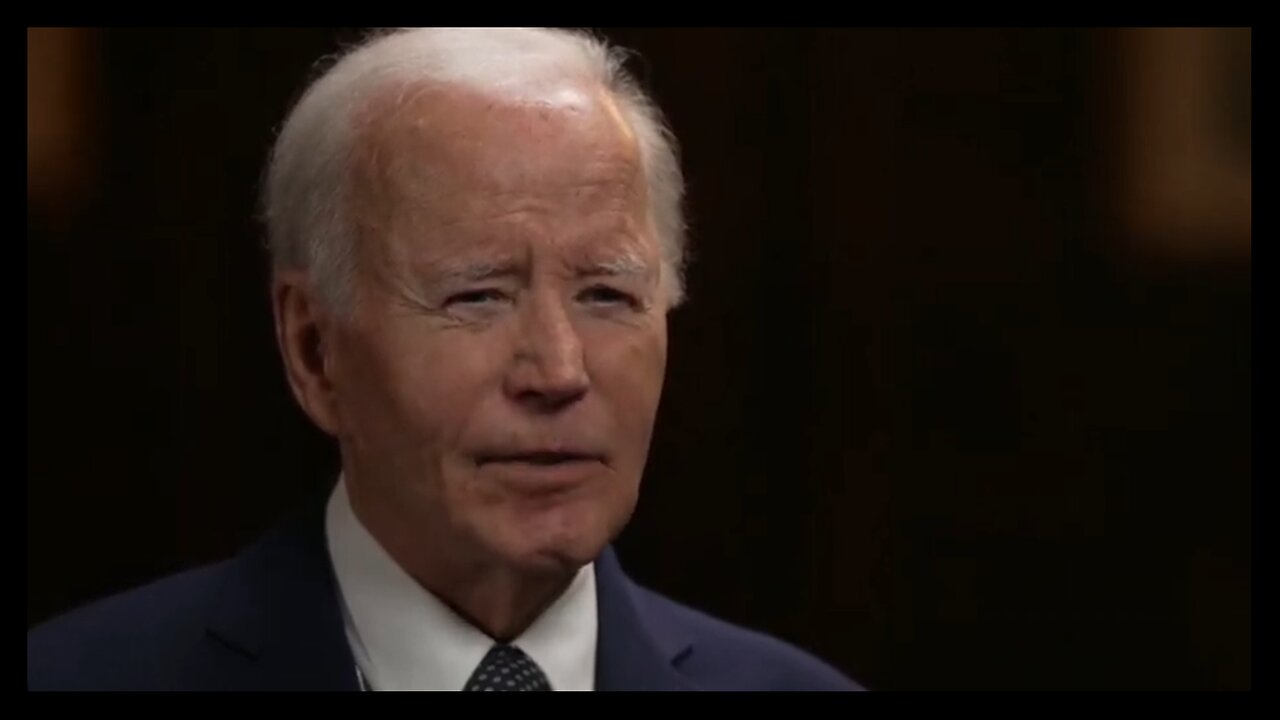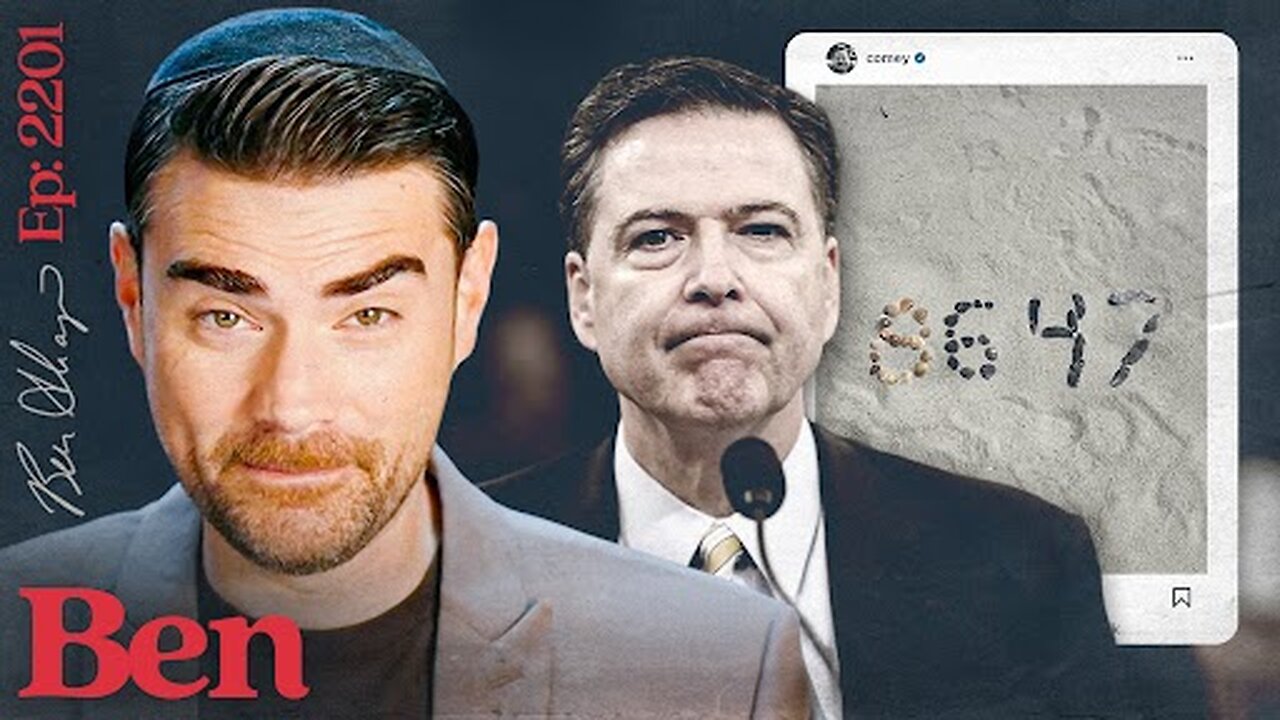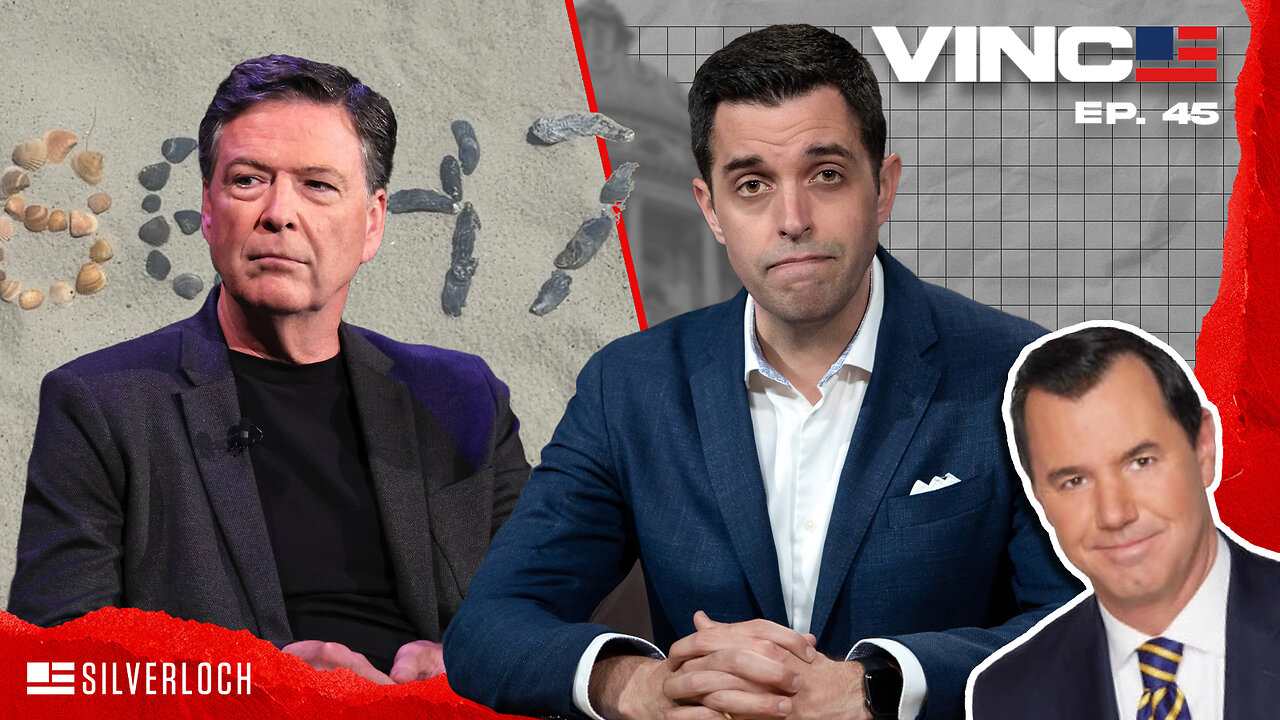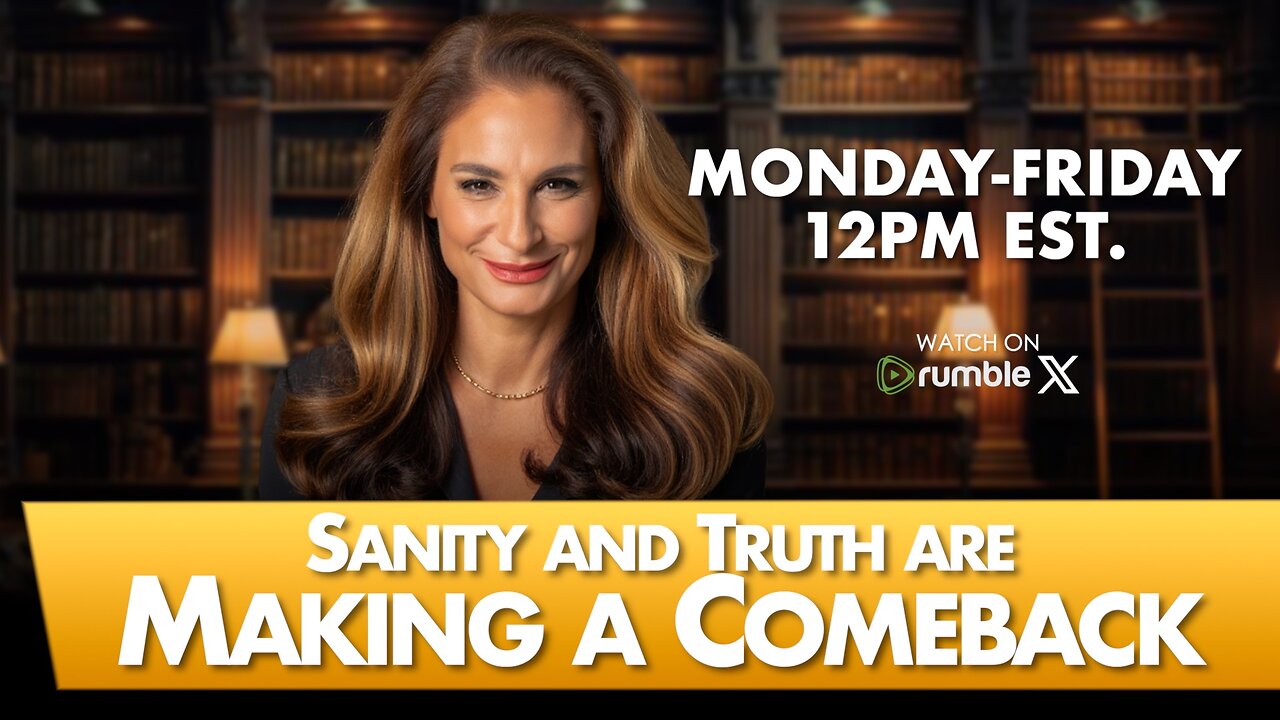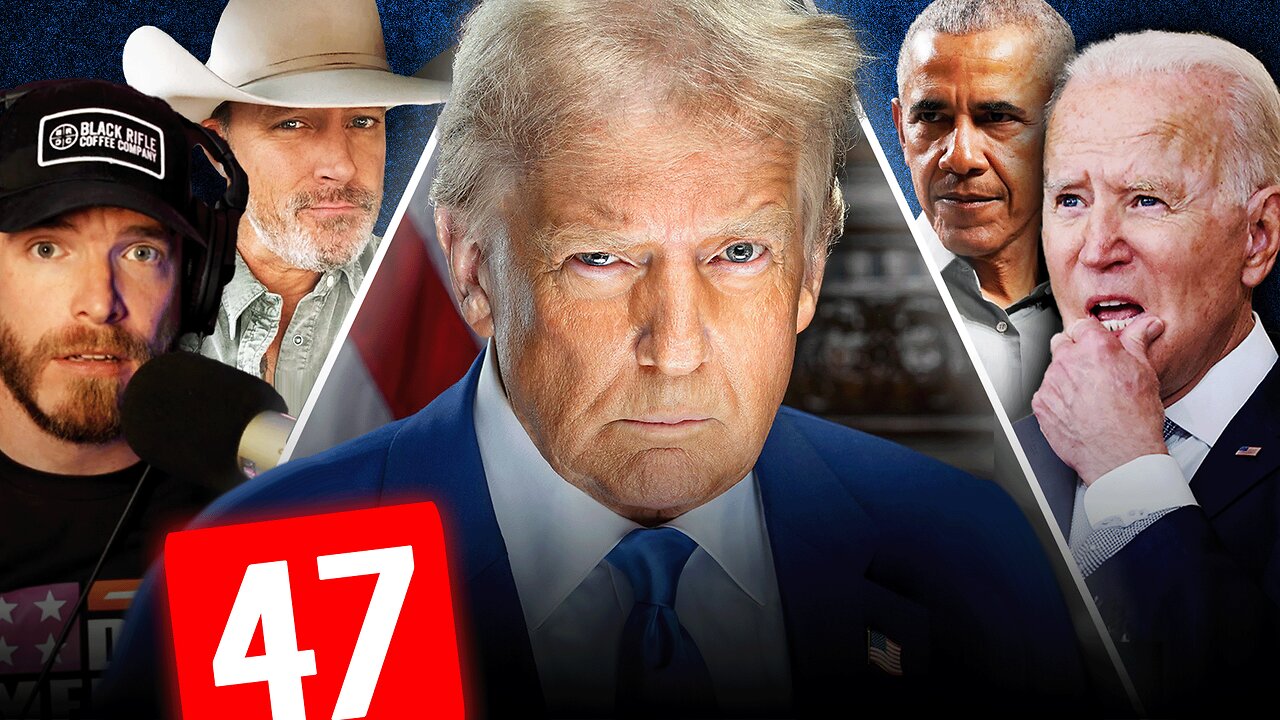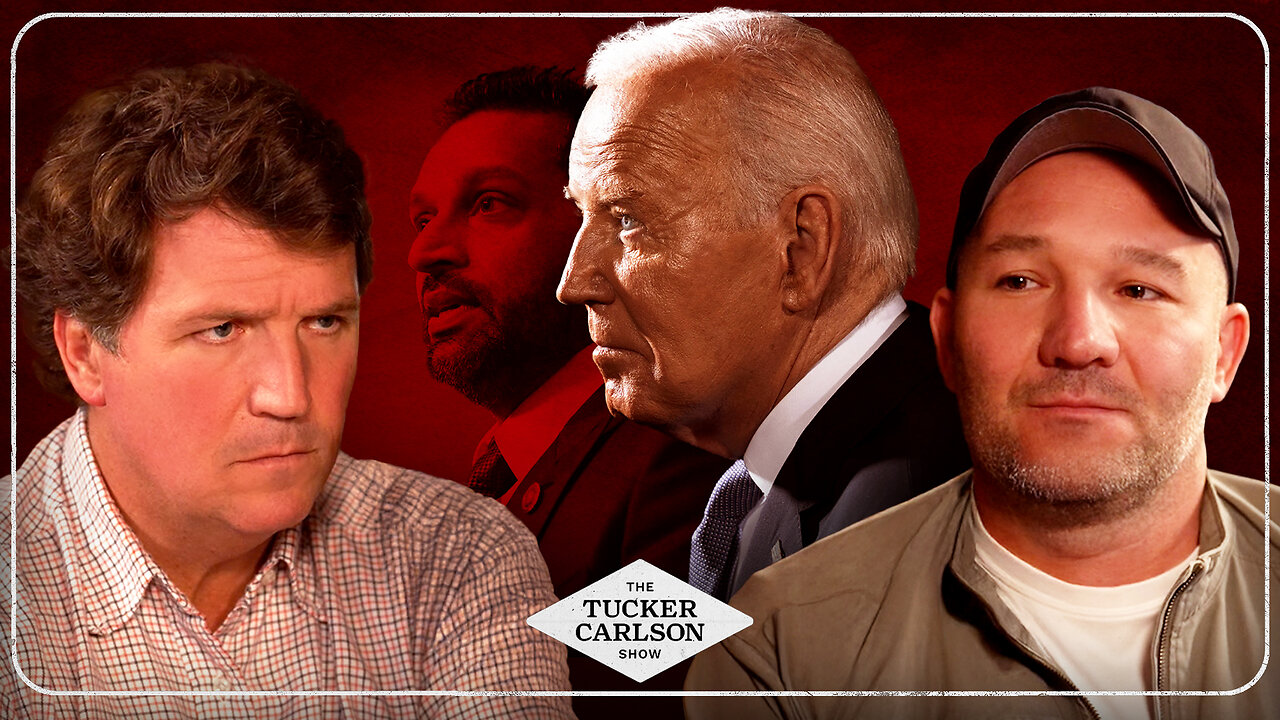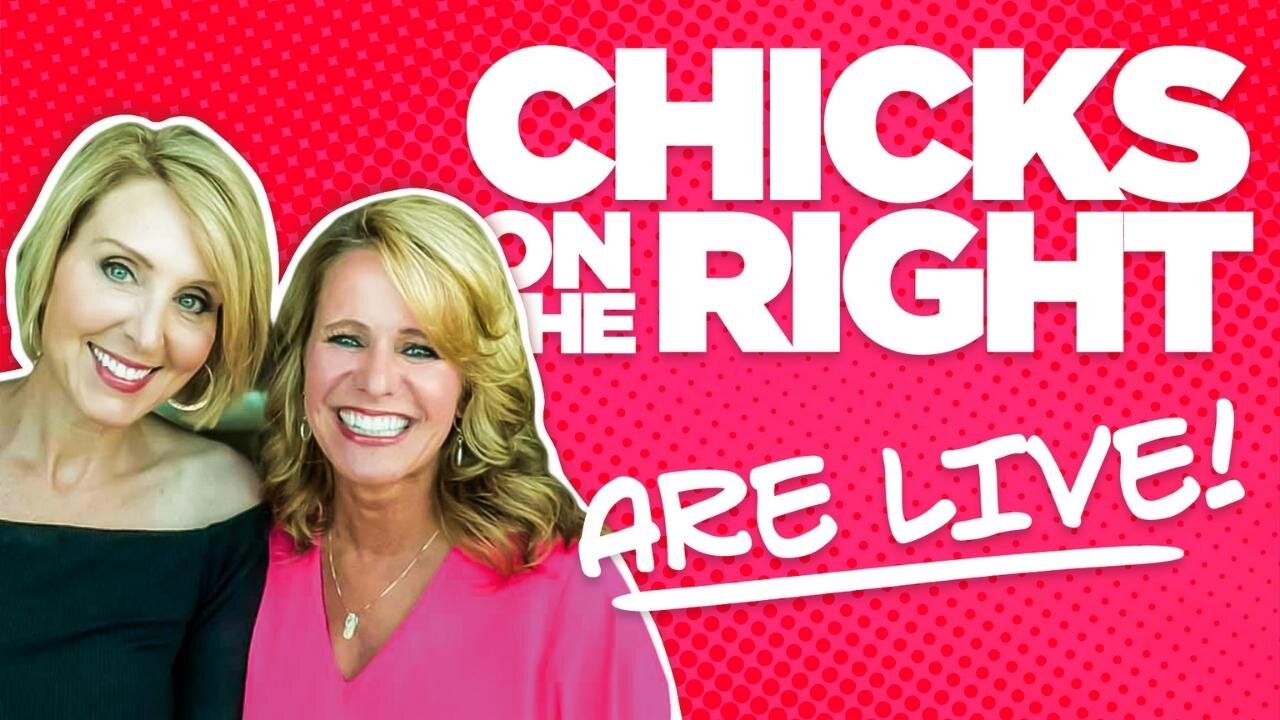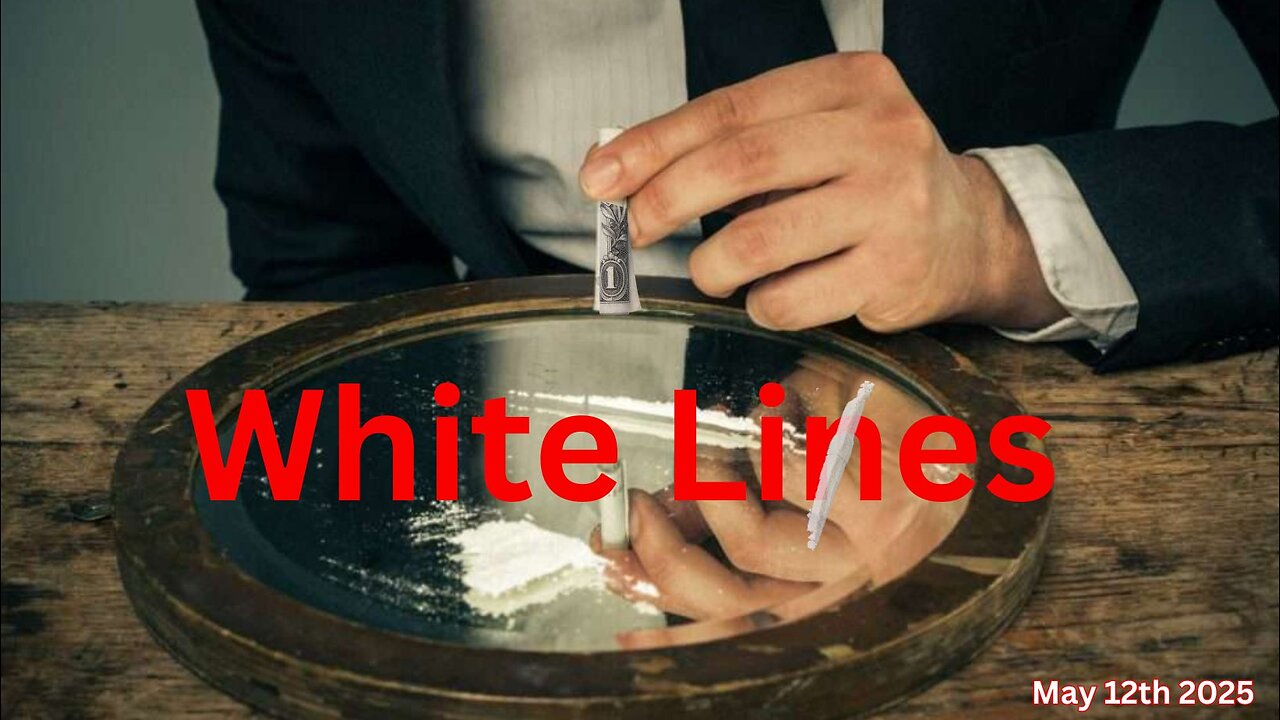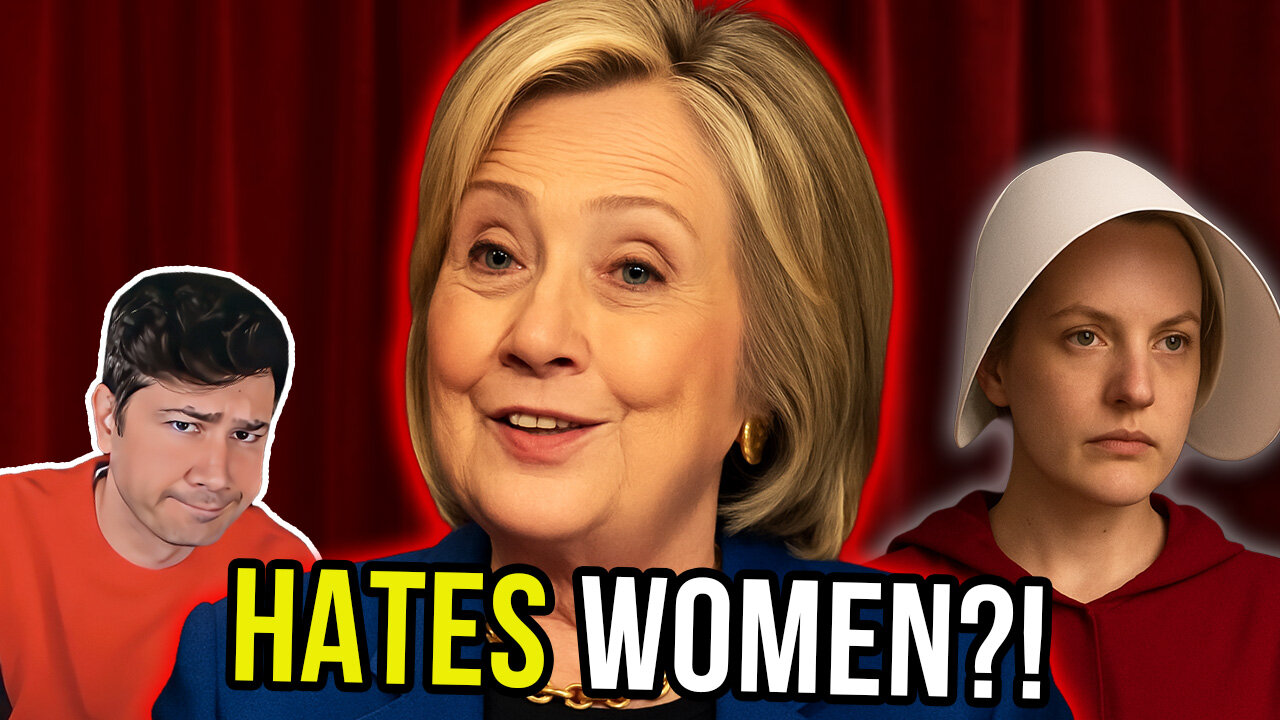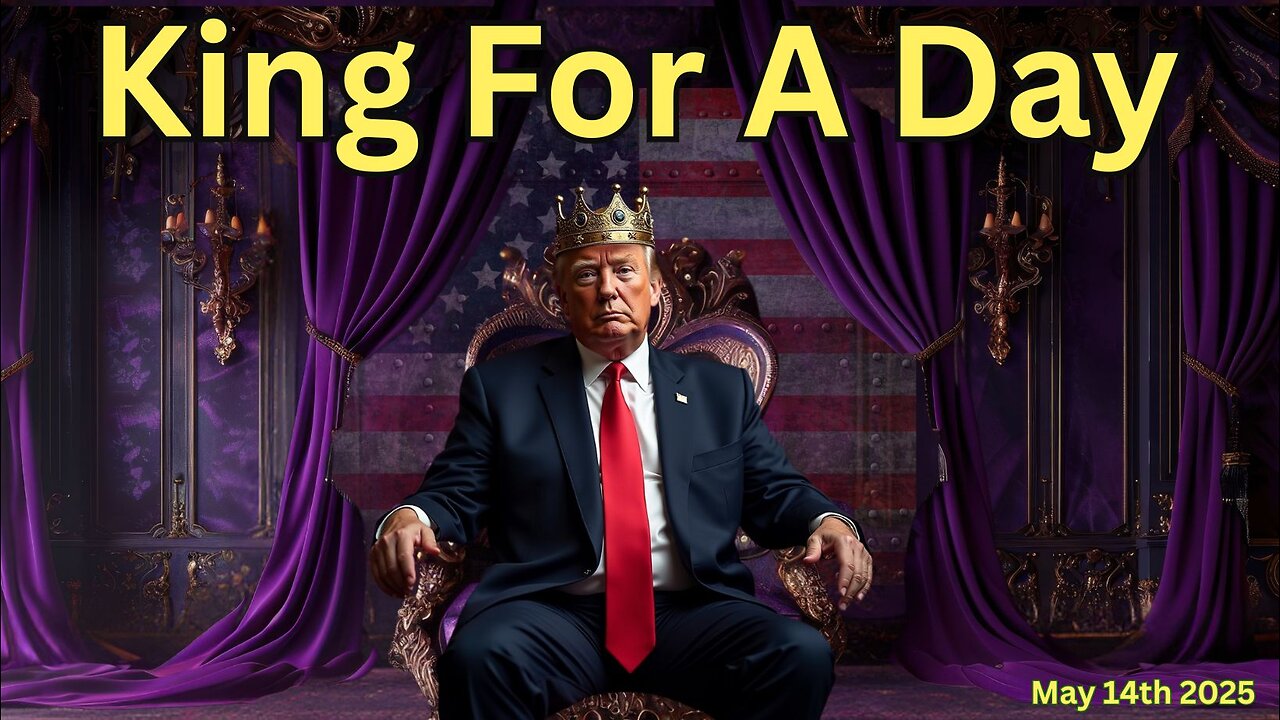Hard target: Is professional darts America's next big thing?


Eddie Hearn, one of the world’s most influential sports promoters, recently appeared on Patrick Bet-David's podcast and made a bold claim.
Darts, he argued, will soon become one of America's biggest sports.
An average American player might scrape together $400 a month from sponsorships, often from local bars or niche dart companies — pocket change compared to theft sums earned annually by European players.
It sounds absurd, and in many ways, it is. But darts has undeniably surged in global popularity, fueled by breakout stars like Luke Littler, a teenage phenom from the U.K. who has shattered records and drawn comparisons to legends of the game.
Littler isn’t even old enough to drive, raising eyebrows about the countless hours he spends honing his craft in pubs. But that’s a story for another day. Also, calling anything a sport where you can develop a sizable gut while competing intoxicated is, at best, highly questionable. Yet again, a debate for another time.
The holy trinity of US sports
In the U.S., where 17 million people play, interest is rising — but there’s still a glaring lack of American stars. Not a single U.S. player ranks among the world’s top 183. What’s holding America back, and could this surge in popularity translate to cultural dominance?
For any sport to thrive in America, it must contend with the holy trinity of football, basketball, and baseball — giants that dominate the nation’s culture from playgrounds to prime-time television, leaving little room for challengers.
Soccer, after decades of struggle, has only recently gained traction, and that’s largely due to its global clout. Lionel Messi’s seismic arrival in Major League Soccer — the Michael Jordan or Muhammad Ali of soccer—gave the sport its biggest boost yet, with the world’s greatest player choosing to cap off his legendary career on American soil.
Darts, however, lacks this global momentum and doesn’t have a Messi-like figure to ignite interest. Its roots are firmly tied to British pub culture — something far removed from mainstream American life. Yet, niche sports can sometimes find a foothold. Look at the explosion of pickleball, a somewhat ridiculous sport that has carved out its own space in U.S. leisure culture. Could darts follow suit?
Show me the money
The biggest hurdle for darts in the U.S. is simple: money.
This has been the case for years. In the U.K. and Europe, darts is big business. Top players live like rockstars, earning six-figure salaries through major sponsorships, tournament winnings, and a thriving league system. In the U.S., sponsorships are few and far between, and the payouts are minuscule.
An average American player might scrape together $400 a month from sponsorships, often from local bars or niche dart companies — pocket change compared to theft sums earned annually by European players. Without financial backing, darts in the U.S. is more a hobby than a career.
This lack of funding creates a vicious cycle. European players, with their sponsorships and access to high-stakes tournaments like the £2.5 million ($3.1 million) PDC World Championship, can dedicate themselves entirely to the sport. Meanwhile, American players are stuck juggling full-time jobs with weekend tournaments.
The visibility problem
Money in sports follows visibility, and in Europe, darts thrives as prime-time entertainment.
Packed arenas, roaring crowds, and millions glued to their TVs have turned it into a cultural staple.
In the U.S., however, darts barely scratches the surface of mainstream attention. Most tournaments are relegated to online streams with limited reach and scant advertising dollars. Major network partnerships are nonexistent.
One of the barriers is the format. The U.K.’s fast-paced 501 setup is tailor-made for television, delivering quick, high-stakes drama. By contrast, the slower, less-structured Cricket format preferred in American bars drags on and fails to capture timed broadcasts' urgency.
Without adapting to a more TV-friendly format, darts is unlikely to rise above its current niche status.
Even if it did secure a coveted slot on American TV, success wouldn’t come overnight. It would take years — likely decades — to convince the average American to embrace a sport so alien to their cultural DNA.
Darts isn’t part of the U.S. sports fabric, and even the aforementioned soccer — a global powerhouse — remains a hard sell for many traditional sports fans, who view it as a foreign oddity. Compared to the deeply ingrained appeal of the holy trinity, darts faces a mountain few niche sports have ever scaled.
Waiting for a Messi moment
For darts to break through in America, it needs a defining moment — a charismatic star or cultural shift to ignite public imagination. It needs its Messi.
But that won’t happen without a unified league, major TV deals, and serious sponsorship money. Without these pillars, darts will remain on the fringes, trapped in hobbyist obscurity.
The interest exists, but without financial investment and visibility, the sport can’t hope to make the leap to national relevance. For now, the U.S. will stay on the sidelines, watching as Europe continues to dominate the world of darts.
Originally Published at Daily Wire, Daily Signal, or The Blaze
What's Your Reaction?
 Like
0
Like
0
 Dislike
0
Dislike
0
 Love
0
Love
0
 Funny
0
Funny
0
 Angry
0
Angry
0
 Sad
0
Sad
0
 Wow
0
Wow
0






